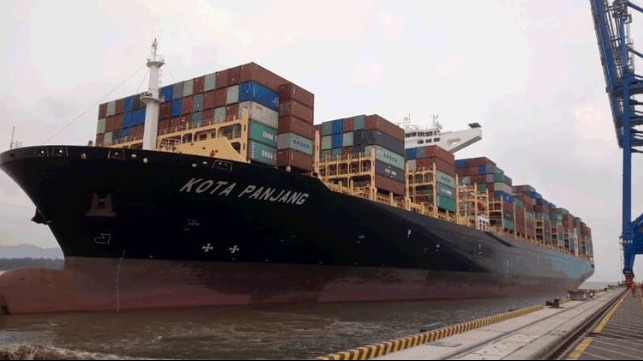Soaring Container Rates Put PIL Back on Solid Financial Footing

Soaring container rates have pulled troubled Singaporean container operator Pacific International Lines (PIL) back into profitability, giving it the means to repay creditors who agreed to an earlier debt-workout plan.
PIL underwent a financial restructuring in early 2021, securing a $600 million lifeline from state-owned investment company Heliconia Capital, a division of Temasek. As part of the deal, bondholders of PIL's Option B securities took a 50 percent voluntary haircut, but they will now be made whole with full repayment. "This is above and beyond PIL’s contractual obligations to holders of Option BSPCS," the firm noted.
“Over the past eight months, we have experienced the most dramatic turnaround in our financial position. In addition to the market recovery, our strong business fundamentals, ongoing restructuring initiatives and the hard work of our employees have improved our overall position," said PIL executive chairman SS Teo in a statement. "With our healthy cash flow situation, we decided that it was only right that we reciprocate the support shown to us by our creditors and partners, and repay the debts owed to all our Scheme creditors, ahead of schedule."
Teo suggested that by giving its creditors more certainty through early repayment, PIL will strengthen its reputation with its bankers, customers and suppliers, putting it on firmer ground for growth. The company pledged that it will maintain financial prudence and keep a lean portfolio going forward, with regular reviews of its fleet structure.
PIL has alreasy returned to expansion. In recent months, it has rolled out four new service rotations originating in China, with routes connecting the Chinese market to Singapore and West Malaysia; the Middle East; India's West Coast; and Thailand.
PIL's fortunes were not looking as bright last year. In early 2020, as the COVID-19 slump began, it ended its transpacific services and sold off six relatively new container ships to larger competitors. It refocused on regional trades off the core East-West lanes, then rebooted its balance sheet with the tremendous surge in freight rates in 2021.
